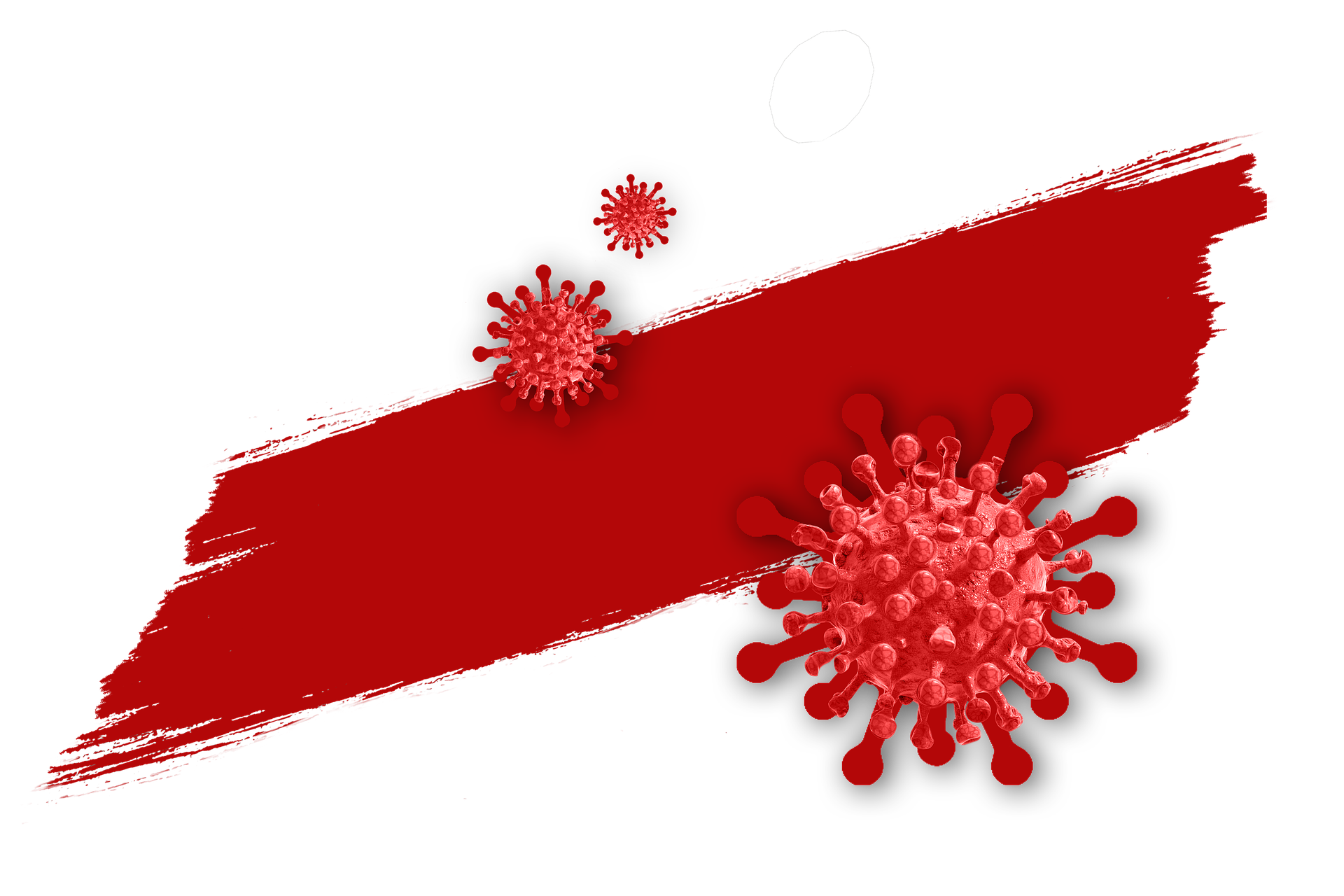Numbers are still declining, but because of the Omicron variant, there could be 15,000 new infections in Austria as early as the first week of January. This is what experts fear. Reproduction numbers are already likely to have increased significantly.
The highly infectious Omicron variant of the coronavirus could fully capture Austria as early as the first week of January and then sweep through the country as a fifth corona wave with 15,000 new infections per day. This outlook was published by the Covid forecasting consortium on Wednesday afternoon as a possible scenario that is realistic based on the data available. For next Wednesday (Dec. 29), the experts expect between 2,215 and 3,648 new daily infections across Austria, compared with 2,781 recorded today (Wednesday).
The experts based their calculations on the assumption that Omicron spreads twice to three times as fast as the Delta variant and has an effective reproduction number between 1.5 and 2.4. Which is supported by numbers in Austria, where the virus variant was first detected in late November and has been rapidly increasing since. The consortium predicts “that the Omicron variant will become dominant within a few weeks and could surpass the previous peak in new daily infections as late as January 2022 if the increase continues unabated.” Slower growth of the Omicron variant, he said, is “so far inconsistent with observed trajectories of the infection curve in countries that already have higher Omicron prevalence.”
Specifically, assuming an effective replication rate of at least 1.97 and that 10 to 20 percent of all SARS-CoV-2 infections are due to the omicron variant, more than 15,000 new corona cases per day can be expected in this country as early as the first week of January. To what extent Omicron leads to severe courses and hospitalizations cannot yet be seriously assessed, according to the consortium. “It is plausible that a previously passed infection or a double vaccination also protects to a certain extent against severe courses,” the experts’ policy brief says. Taking into account the facts that 70 percent of the total population now has an active vaccination certificate and quite a few have had an infection or have experienced Covid 19 disease, “a reduced hospitalization rate can be expected, at least for the Omicron variant,” the panel says.
The Agency for Health and Food Safety (AGES) and the Institute for Infectious Disease Epidemiology & Surveillance estimate that the prevalence of the Omicron variant was around five percent in Austria the previous week. Lack of observational data on the characteristics and prevalence of Omicron has complicated the consortium’s prediction. Based on recently observed growth rates of the Omicron variant, in which case numbers double every two to four days, the effective reproductive number, which was below 1.0 at the beginning of the month, is now likely to have increased significantly. The forecasting consortium currently estimates it at 2.1. This would mean that each infection with the virus results in an average of 2.1 infections – a clear indication that the next wave of Corona is imminent, should the panel’s calculations prove to be correct, which are based on the detection rate of the virus.
Emergency organizations are gearing up
The new coronavirus variant Omicron and its significantly higher infectivity is also a concern for emergency organizations. The question is how the service can be maintained even if there is a massive increase in sick leave due to Omicron. In the case of the professional rescue service, a phased plan will come into effect in the event of increased deployment and absenteeism. The Professional Fire Department plans to keep contacts between units in its ranks to the minimum necessary. The police department is also preparing. The overriding premise is “the continued provision of comprehensive security police services to the people of Austria, taking into account regional requirements.”
- source: diepresse.at/picture:pixabay.com
This post has already been read 1092 times!



